Strawberries are one of our favorite spring fruits. But since they are often considered an allergen, this stage 1 strawberry puree recipe is perfect for introducing them to your baby's diet.
*This post has been reviewed by Dora Babic-Cikos, PhD Nutritional Science
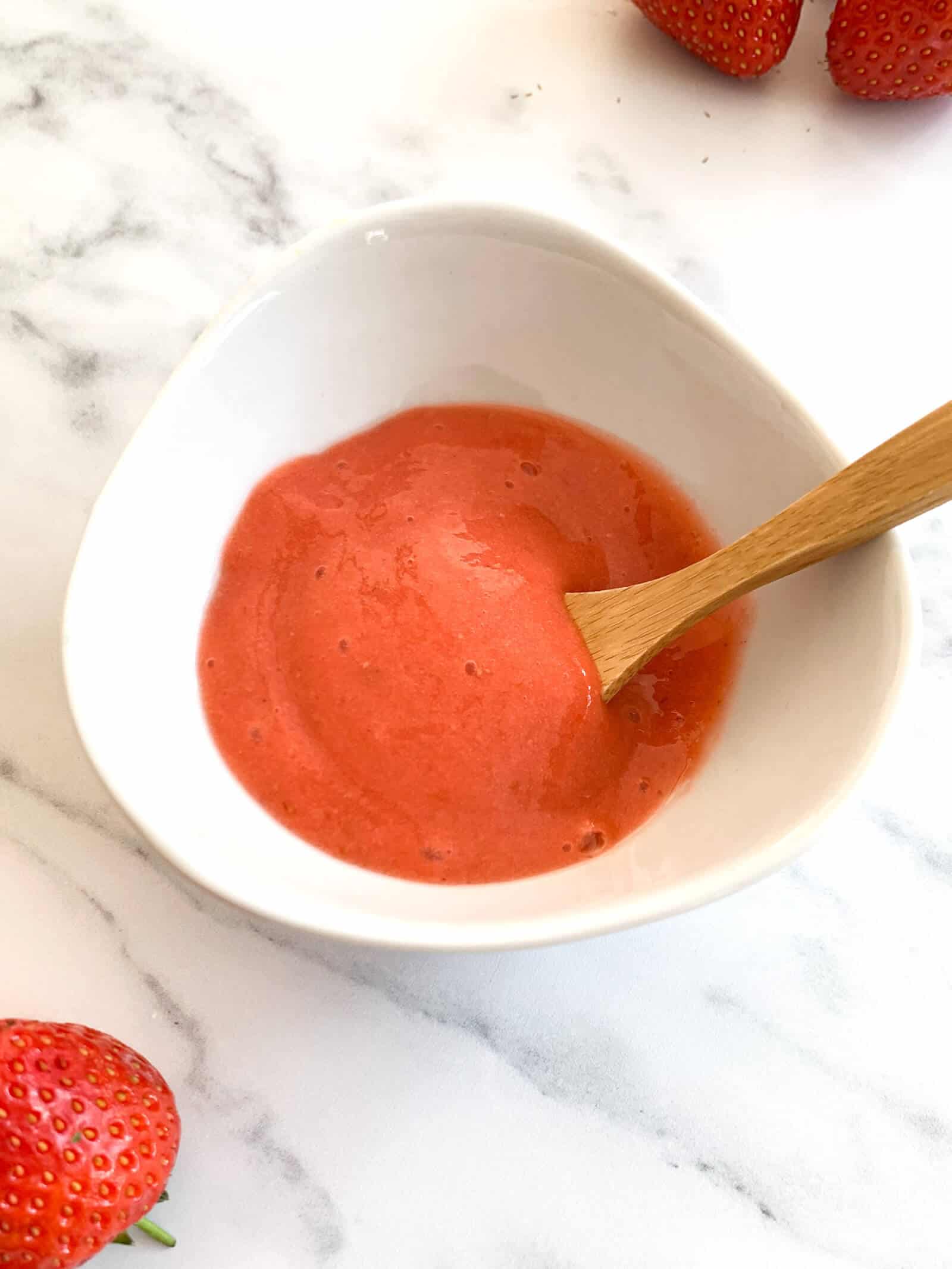
Strawberries are my favorite spring fruit.
Since fresh, local ones are available only for a limited amount of time I try to use them as much as possible. They end up being one of the only fruits I eat in April and May!
But since they are considered an allergen, if you have a baby prone to food allergies or have a family history of allergies, I recommend caution when introducing them.
And a single-food easy strawberry puree recipe might just be the way to go. So we will guide you through how to puree strawberries for baby.
Jump to:
Recipe Ingredients
How to choose the best strawberries?
Strawberries (obviously): make sure fresh strawberries haven't been lying on your kitchen counter or in the fridge for days because they are quite perishable.
You should buy them a day or two prior to using to ensure they have maintained the most nutrients.
Ripe and ready-to-use strawberries are firm, bright red, mold-free, and still have the green tops.
You don't want them to be extra-large either. Plain medium-sized ones are the best as these tend to contain the most flavor.
For this recipe you can use fresh or frozen strawberries.
How To Puree Strawberries for Babies
What I love about preparing strawberries is that I don't have to peel them. Ok, you do have to remove the green tops but that's about as far as it goes in the food prep.
Wash. Whether you have organic strawberries or not, I would say washing is required either way.
Remove the green tops. When preparing your strawberries for your perfect Strawberry Baby Puree, you'd want to remove the green tops.
The easiest way to do so is to grab the top right by it's root (the part where it blends with the strawberry flesh) with your fingers and pull.
You should have the green bit along with the full root left in your hand. Another option is to also cut the green top of but that way you'll also be cutting some of the strawberry.
Cut. For a Strawberry Baby Puree, it really doesn't matter how you cut them. If they are small enough, you might not even need to at all. I usually cut them in halves or quarters. And that is only if I am using them raw. If I am cooking/steaming I don't cut them if they fit in the steamer/pot.
Cook. Strawberries can be served both cooked/steamed or raw. If serving for a baby younger than 8 months I recommend cooking/steaming at a medium heat because their digestive systems might not be able to process the fiber just yet.
When considering how to make puree strawberries my choice is always steaming in a steamer/baby cooker because it maintains the most nutrients. I have this one but really any that steams and blends (2 in 1) is perfect.
You can also boil in water and then drain.
Cool. If steaming/cooking beforehand, I prefer to let them sit and cool for about 10 minutes before blending. But if you’re in a hurry you can blend immediately.
Process. Whether you've cooked/steamed your strawberries or decided to use them raw, the next step is to process them in a food processor or blender. You'd really want a blender to create the perfect smooth consistency of your Strawberry Baby Puree. Especially if you're using raw ones. If using cooked/steamed ones you can probably just mash them with a fork through a fine mesh sieve into a smooth baby puree but the texture might not be the same.
For cooked/steamed strawberries you will almost never need to add additional water.
If using raw ones you'll almost always need to add a bit. Go teaspoon by teaspoon to avoid your puree becoming too runny.
If you like this baby food recipe you will also like our mango puree recipe.
FAQ
No sugar needs to or should be added to a strawberry puree that is being made for baby. We do not want the baby's palate to get used to sugar other than the ones that come from vitamin and mineral rich whole foods like fruit. Additional sugar or sweeteners (such as maple syrup) are not necessary in a child's diet .
If you used cooked / steamed strawberries then do not add any water when blending the strawberries.
If you used raw strawberries add tablespoon by tablespoon of water to reach desired consistency. If the puree is runny add more strawberries to thicken it up.
Yes, you can use frozen strawberries. Rinse them before and then cook/steam them. If you want to use raw strawberries then thaw them beforehand. For more information check the how to puree strawberries section above.
Possible Strawberry Puree Variations
Mashed. If you’re over the puree stage, transitioning from purees to finger food or simply want to serve your baby more textured food then this recipe is great if you modify the “how-to” part. You’d still want to follow all the how-to instructions until you reach the “blend”. Instead of blending simply mash. And you can do both cooked/steamed or raw – depending on your baby's age.
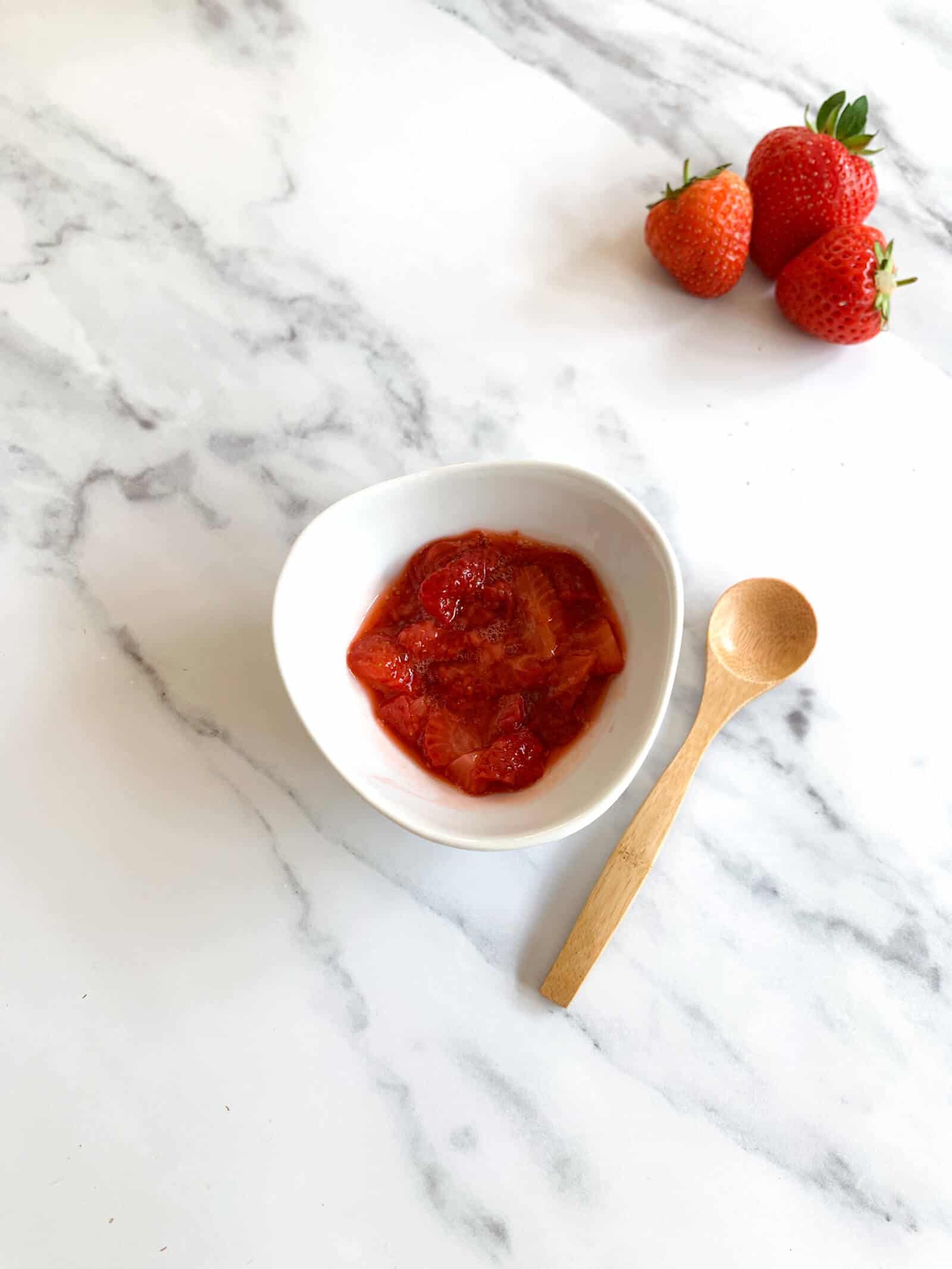
Lumps. If you’re just a step away from finger food, you can also blend or mash one half of the cooked/steamed/raw strawberries and leave the rest in pieces before mixing together. That way your child will get used to new textures.
Finger food. You can also serve strawberries as finger foods. I'd recommend doing this with raw ones because cooked/steamed strawberries are mushy and not great for finger food. When cutting them choose longer and thinner sticks if your baby is still on the palmar grasp or cut into cubes if they’ve mastered the pincer grasp.
Nutritional Benefits

Strawberries: they're one of the best vitamin C sources which also makes them a great source of antioxidants. Berries in general provide an excellent amount of antioxidants with blueberries often the highest on the list, but strawberries are always right below them.
Apart from containing antioxidant compounds, they are also a source of anti-inflammatories which can have a positive effect on heart health.
Due to the sugar profile and content of strawberries, they don't spike up the blood sugar rapidly so they've actually been found to act beneficially on insulin and blood glucose levels.
Strawberries are also a good source of dietary fiber and certain minerals such as manganese and copper.
Storage Instructions
- fridge - store leftover puree in airtight container in fridge up to 3 days
- freezer - store leftover puree in airtight container in freezer up to 3 months; either in ice cube trays or specific baby food food storage boxes
- thaw in fridge overnight and take out from the fridge about 2 hours before serving so it reaches room temperature
More Strawberry Recipes you'll love:
Looking for more strawberry recipes? Check out the ones below:
- Strawberry Oatmeal
- Chocolate Nutmeg Oatmeal
- Yogurt Berry Healthy Kids Snack
- The Healthiest Banana Bread
- Strawberry Milk
- How to make strawberry juice
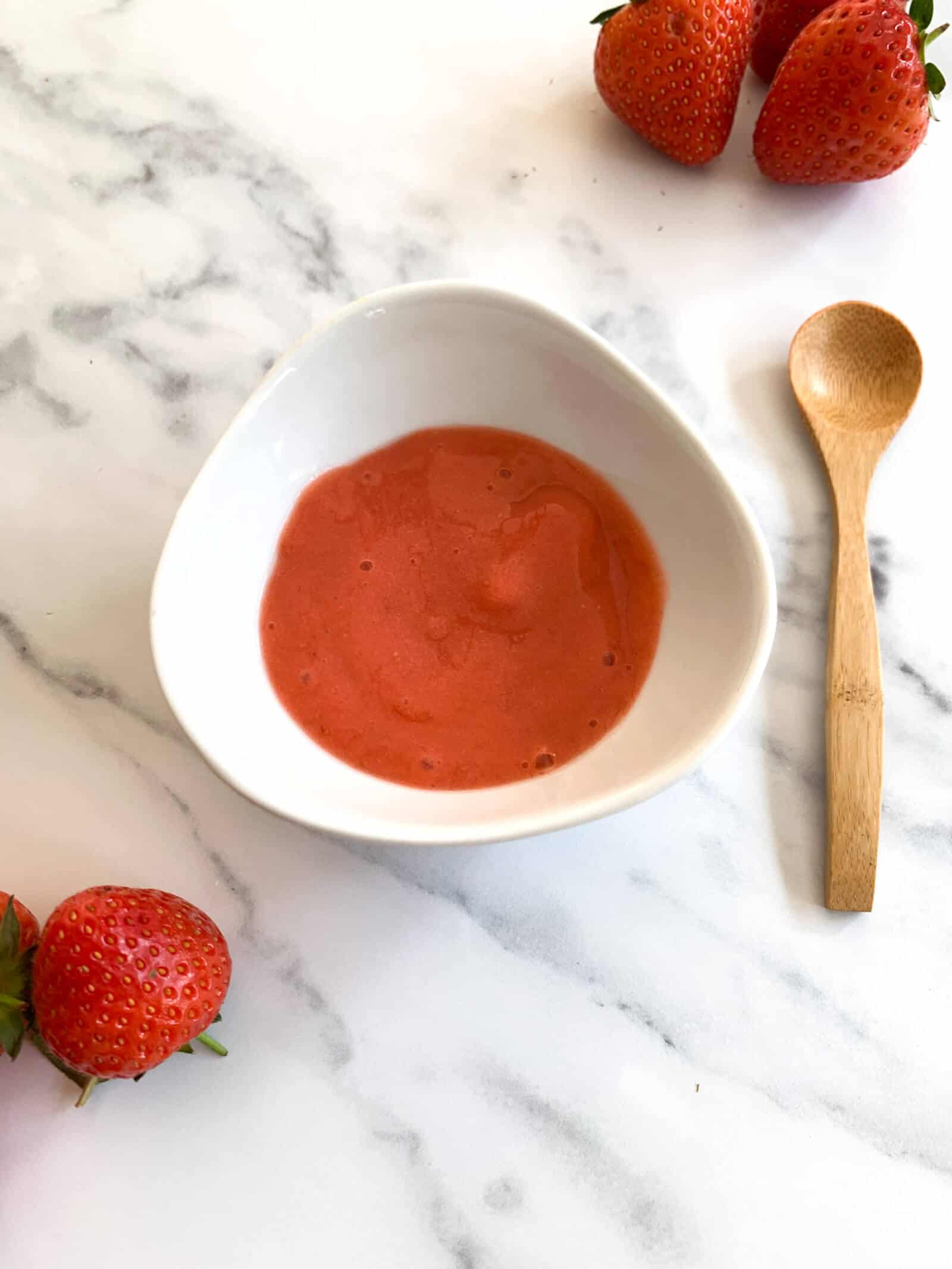
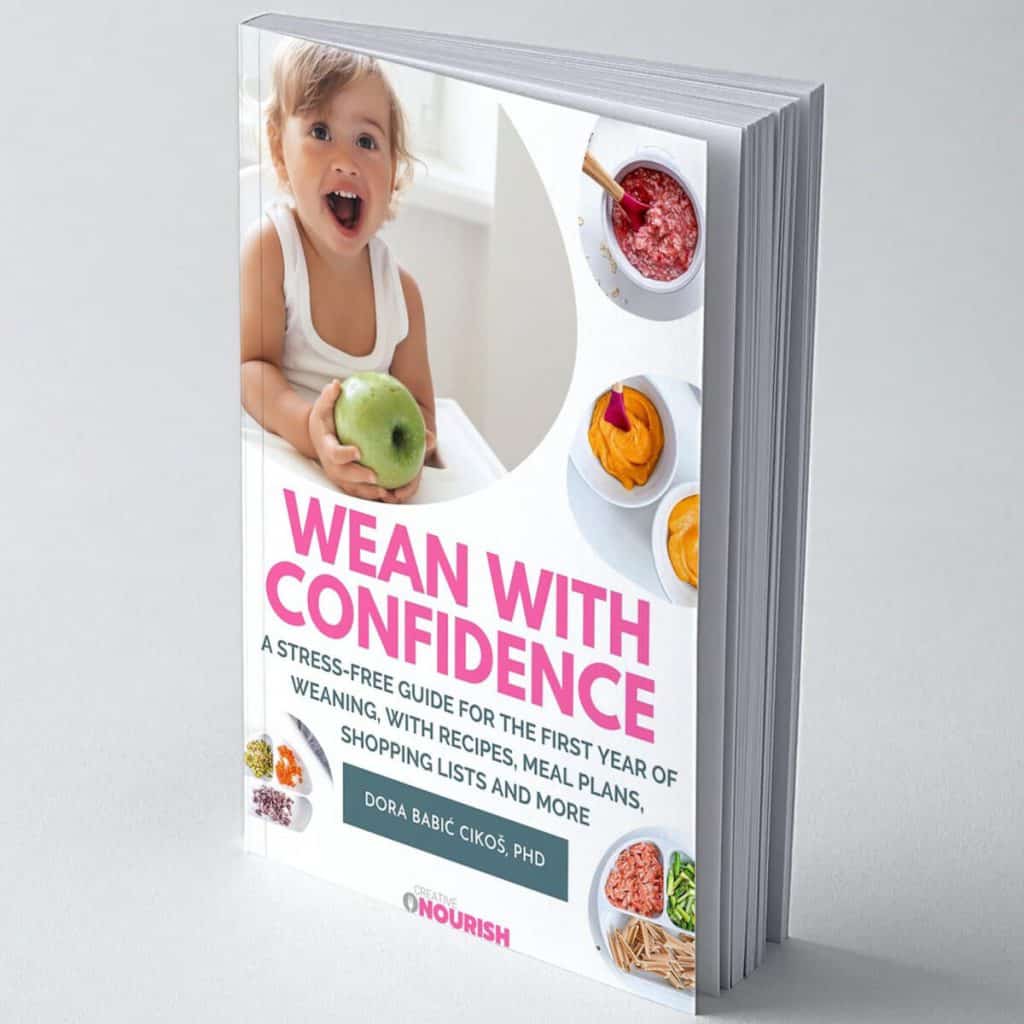
Wean With Confidence eBOOK
This is so much more than a recipe book. This is a full weaning plan written by a PhD nutritionist for your child's entire first year, based on the latest science. This will take away the mental load of wondering if you're feeding your child the right food. It's what we wish we had when we were weaning our own children.
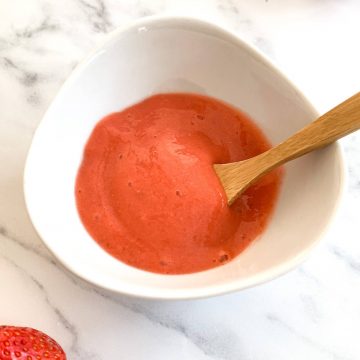
Strawberry Puree Recipe
Ingredients
- 1 cup strawberries
Instructions
- Wash the strawberries and remove the green tops.
- If cooking or steaming place them in the pot.
- Strawberries can be served both cooked/steamed or raw. If serving for a baby younger than 8 months I recommend cooking/steaming because their digestive systems might not be able to process the fiber just yet.
- Steam or cook for about 10 minutes or until they are soft.
- If you have time, allow to cool before blending.
- Place in a food processor or blender and blend.

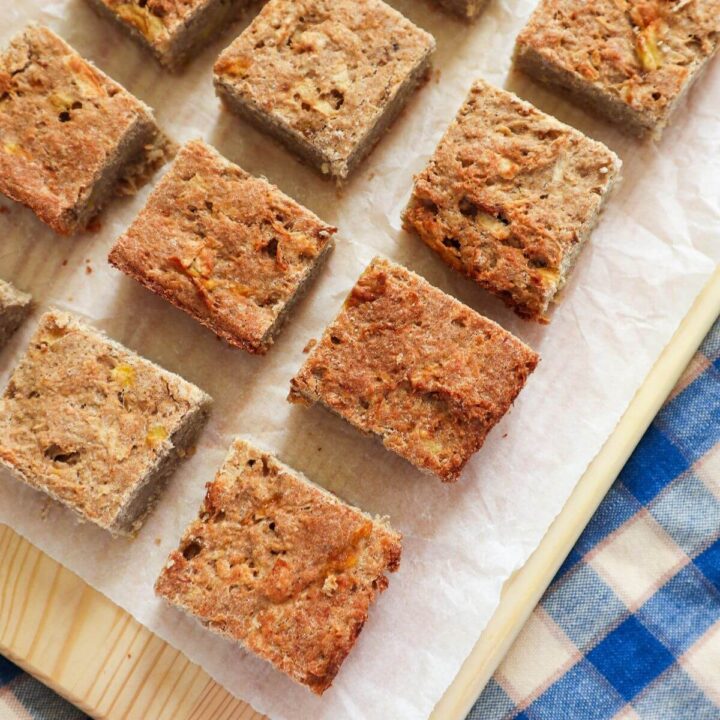
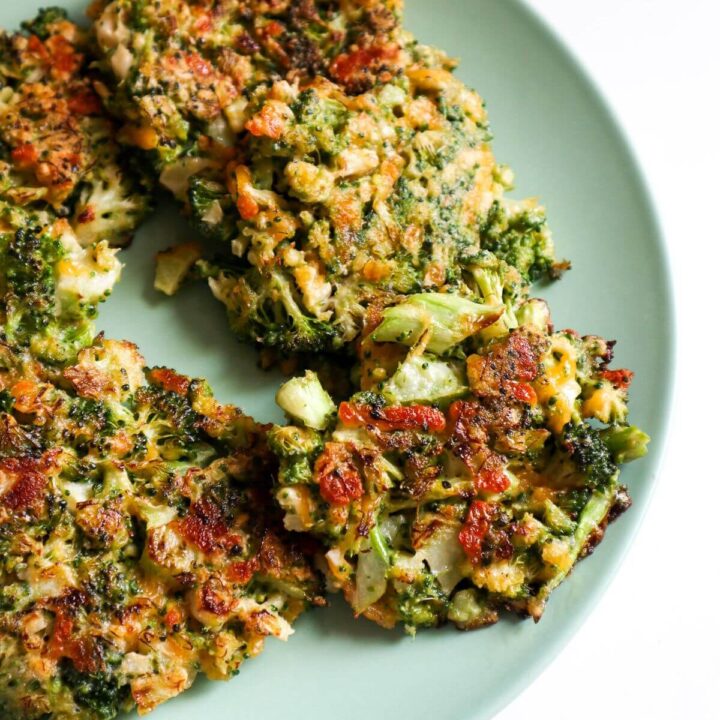
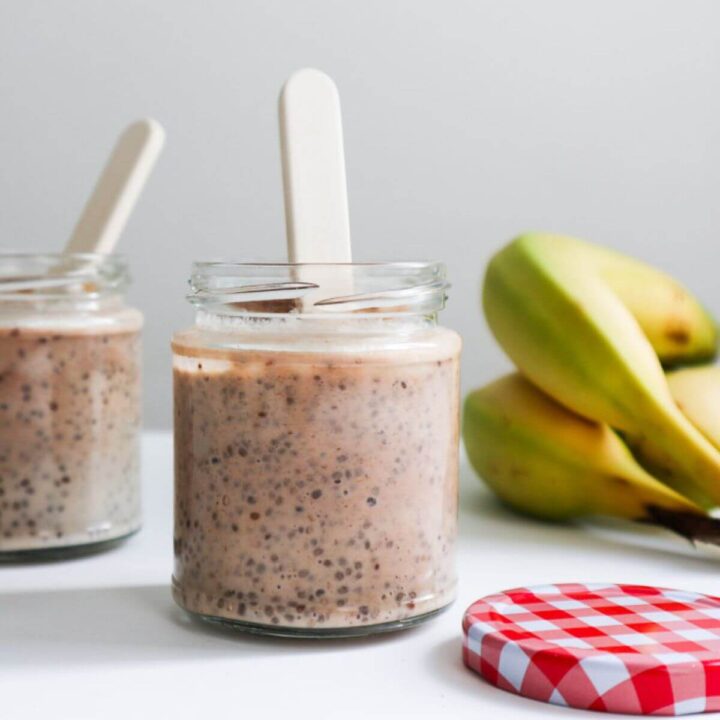
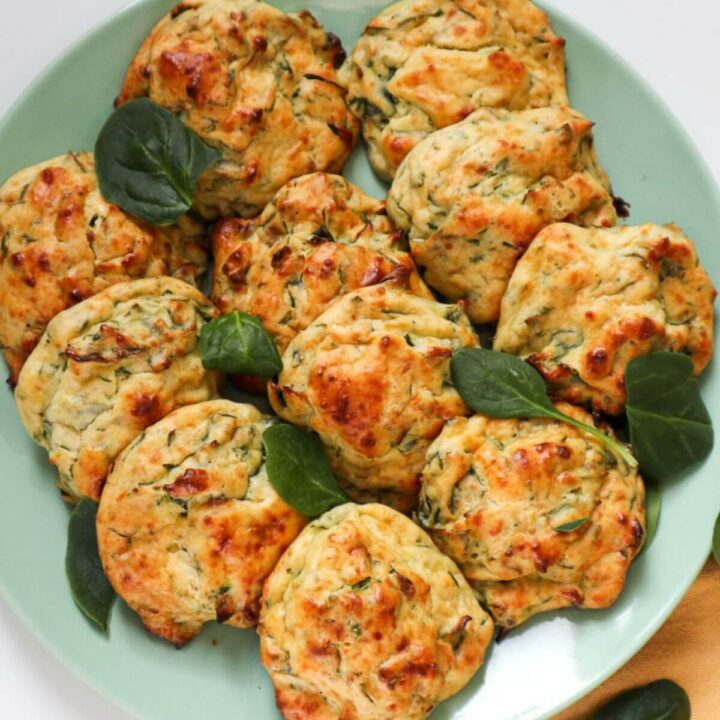
Comments
No Comments